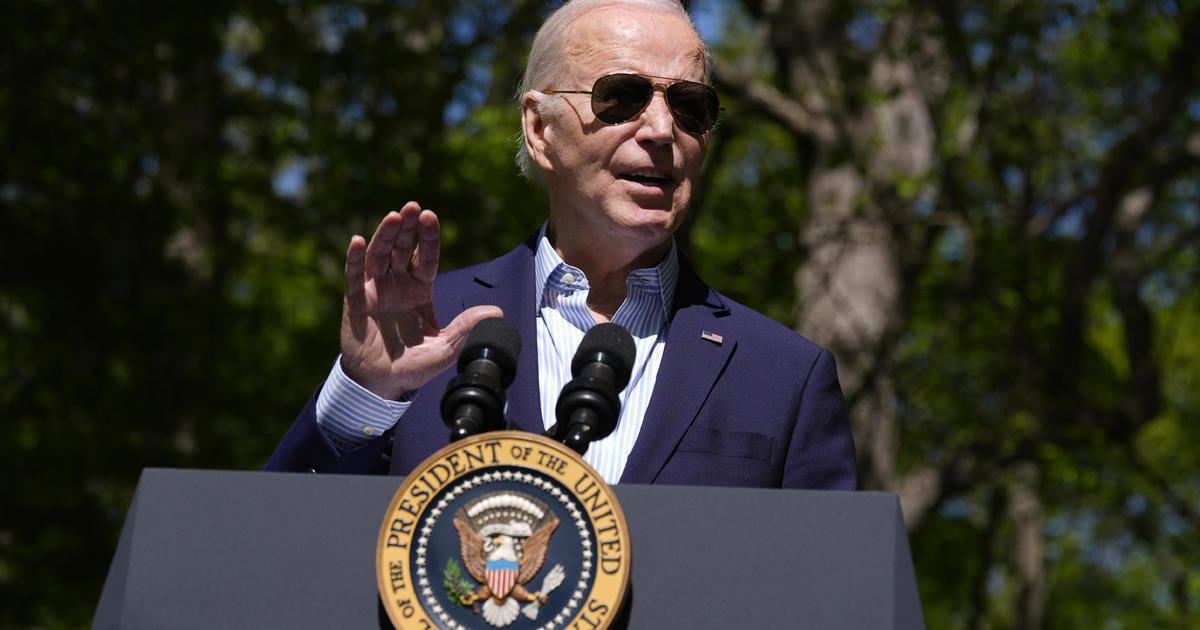Child care is already unaffordable for many families. Experts worry a spike could be ahead.
For Christina Townsend, the cost of child care for her young son was $1,625 a month in Northern Virginia, about 50% of her take-home income. That was on top of the financial burden of taking unpaid parental leave when he was born.
Last summer, her small family decided to move across the country to Denver, Colorado, which they found more affordable. But the cost of child care remained a challenge. In the end, Townsend, who herself has a masters degree in early childhood education, made the decision to stop teaching and work remotely part-time as a contractor and care full-time for her now 18 month old son. She liked being with her son, and her husband had a larger income anyway. But the decision was not without trade-offs: no benefits, or money for retirement.
"I have worked full time for years and years, and I was always an excellent saver, and I literally haven't been able to save a penny since before my son was born," Townsend said. She is not yet sure if she will ever go back to her teaching career.
Families across the country are struggling to afford child care. And later this year, federal funding for the industry is set to expire, which could force prices to go up, force facilities to close, and force parents, many of them mothers, to make the tough economic decision to cut back work hours or leave jobs altogether.
"The reality is that many providers are going to close their doors. The reality is that costs are going to go up for families if they're lucky enough to be able to find child care. And that has implications for our entire economy," Melissa Boteach of the National Women's Law Center said of funding potentially ending.
And even in places where the cost of child care is relatively less expensive, prices are still a massive burden for many families, a new report released this month by the Women's Bureau found.
The report used new data compiled by the Labor Department across 2,360 counties in 47 states. It found child care prices ranged from $5,357 for school-aged home-based care for one child in small counties, to more than $17,000 in 2022 dollars for infant center-based care in large counties. That's between 8% and 19.3% of the median family income per child, and above what the Department of Health and Human Services considers affordable child care: 7% of a family's income.
The situation is even worse for low-income families as well as divorced and single parents. The organization Child Care Aware of America found child care could cost between 20% and 43% of median income for divorced parents. Child care in households with a single parent who has never been married can cost 31% of the median income for White and Asian households, and 49% of median income for American Indian, Alaska Native households.
"It's just outrageous to imagine constructing a family budget that covers the necessities like food and housing and go to work and squeeze childcare into that equation when it's at prices so extreme it's taking up a quarter to half of your budget," said Anne Hedgepeth, chief of policy and advocacy at Child Care Aware of America.
As the coronavirus ravaged the country, Congress passed a series of relief packages that included money to help the child care system. Across the country, child care providers used money to stay open, reopen, pay off debt, increase wages to retain and hire more staff, conduct additional training and keep costs for parents from going up. But the money, meant as a temporary fix, is set to end within the next two years – including $24 billion meant to stabilize the system expiring at the end of September and another $15 billion the following September.
Even with the relief – parents are struggling to find care. While center-based child care has nearly bounced back, the number of home-based child care providers continues to decline, according to research done by Child Care Aware of America.
And there are fewer workers than before the pandemic — the child care workforce is down about 7.5%, Labor Department data shows. And although overall wages have gone up due to the tight labor market, child care providers, who run on razor-thin profit margins, can't pay workers more and keep the cost for families down. High-skill child care workers, many of whom are women of color, are being paid poverty-level wages. Some people who once worked in the industry have left for jobs with higher pay and potentially less stress.
"You can make more working in retail or restaurants than you can caring for our most precious resource: our children," Boteach said. "We can't pay child care workers more because then you're charging parents more and so absent new public dollars, it's really difficult to attract and retain a workforce."
The price of child care directly affects whether parents themselves can work – particularly mothers. The Women's Bureau report found counties where childcare prices were twice as expensive than the median had maternal employment rates that were four percentage points lower. A recent survey by ZipRecruiter found 54% of job seekers with young children said they would be looking to work more hours if they were provided child care benefits.
For some parents, the choice is either keeping a job knowing most of that income is going to pay for child care, or staying home to care for their children themselves, forgoing their own income. Long term, it might be worth keeping the job to keep a career going or pay into Social Security, but short-term, it's a tough trade off. And not all parents even get that choice.
Affordable child care helps the economy in other ways too. Studies have shown it would lead to an increase in GDP as more parents are able to participate in the workforce. Small businesses have called for an increase in affordable child care in multiple surveys — which they say, among other things, would help them find workers and reduce turnover.
While the Biden administration has pushed for affordable child care as part of its economic agenda, child care was ultimately cut from last year's spending package, as some lawmakers balked at the proposal's price tag, including $400 billion for child care and pre-K. Now, lawmakers are battling over spending cuts. Under current funding levels, parents of only 1 in 7 children who are eligible are actually receiving child care assistance.
Some individual states have been taking steps to expand affordable child care, however. In Michigan this month, Gov. Gretchen Whitmer called for free pre-K for all 4-year-olds, using the state's budget surplus. In Vermont, state lawmakers have been working to expand child care subsidies. In November, New Mexico became the first state to create a permanent child care fund, with an overwhelming 70% of voters approving a constitutional amendment guaranteeing child care.
"You're seeing a lot of different states really start to more directly have a hand in the child care system," said Sam Abbott, senior policy analyst at the Washington Center for Equitable Growth.
But some states have not touched the issue at all, he said. "I'm skeptical that that is a solution without a national policy."



